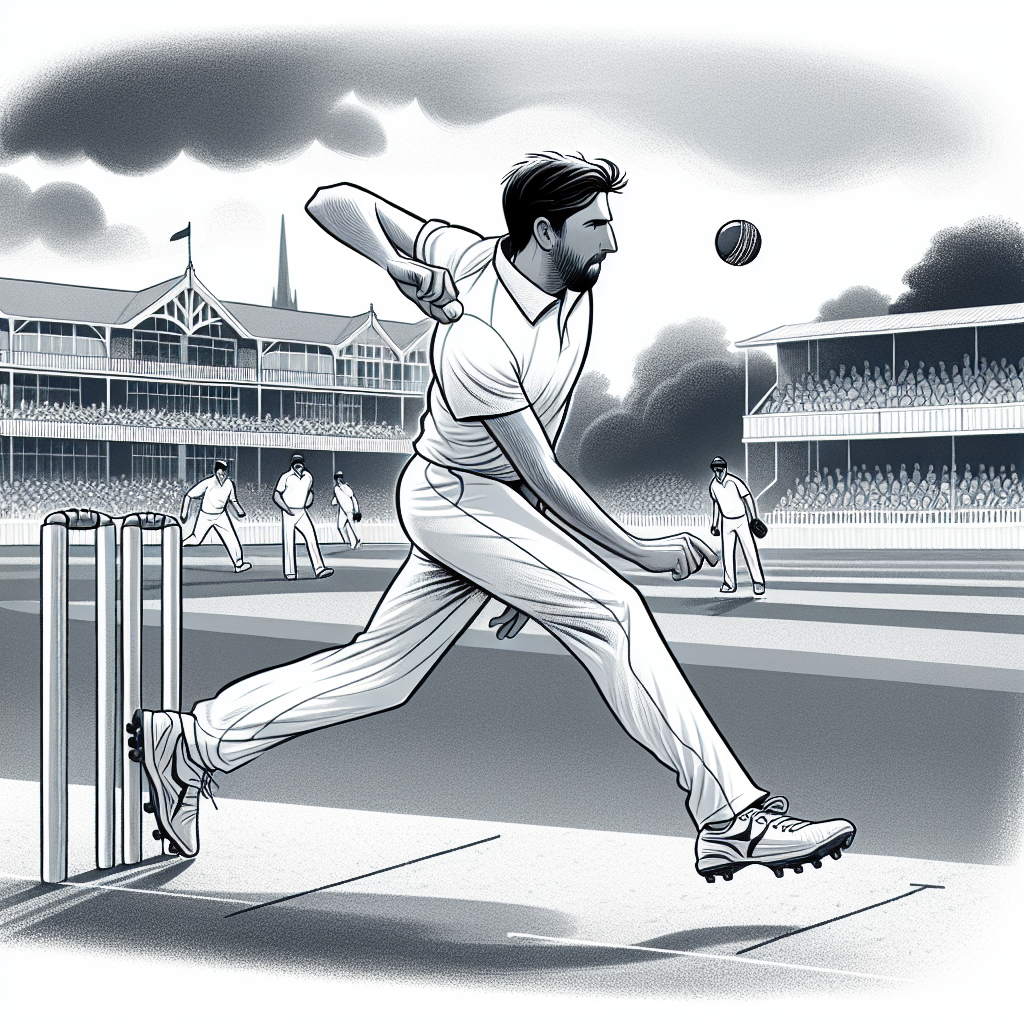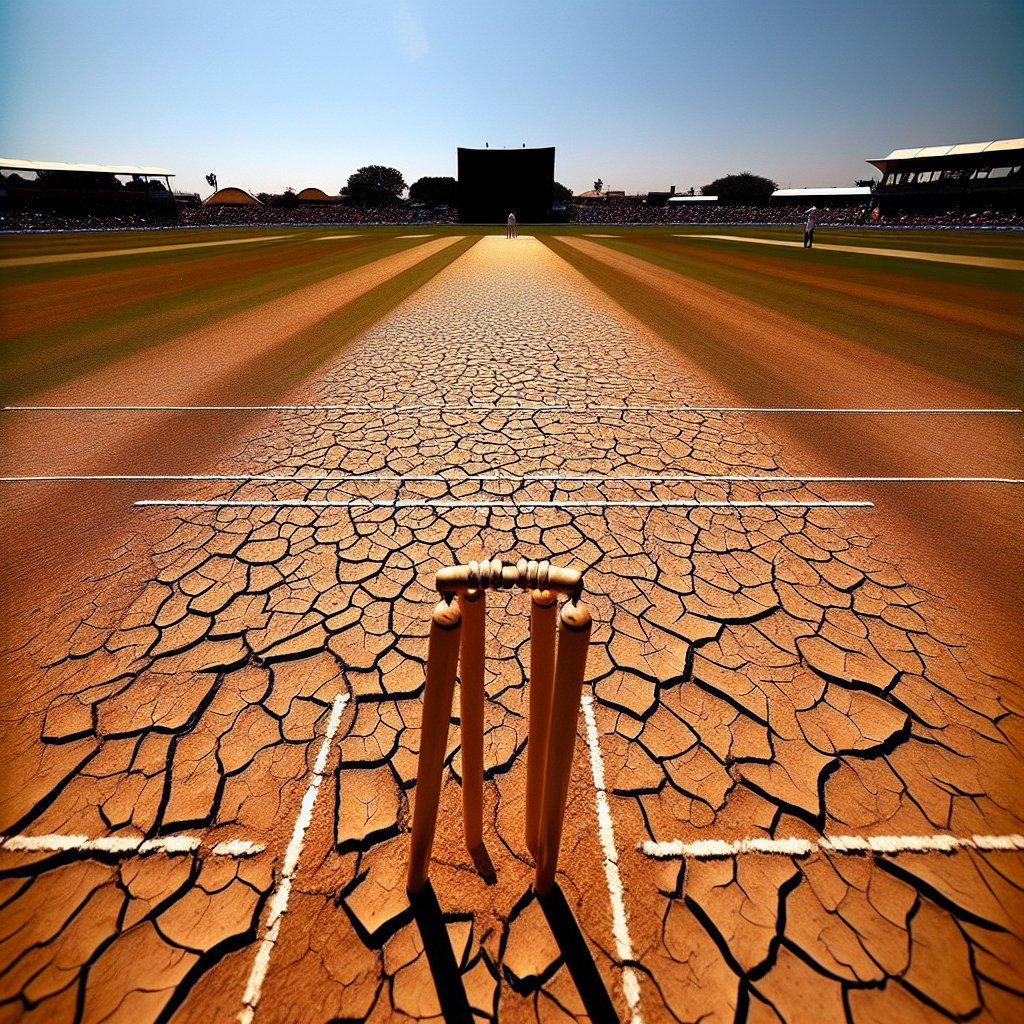Understanding the Knuckleball in Cricket

Cricket, a sport rich in tradition and innovation, has seen numerous bowling techniques evolve over the years. Among these, the knuckleball stands out as a unique and intriguing delivery. Originally a baseball pitch, the knuckleball has found its way into cricket, adding a new dimension to the art of bowling. This article delves into the intricacies of the knuckleball in cricket, exploring its origins, mechanics, and impact on the game.
The Origins of the Knuckleball
The knuckleball’s journey into cricket is a fascinating tale of cross-sport innovation. Traditionally associated with baseball, the knuckleball is a pitch that relies on minimal spin, causing unpredictable movement. In cricket, the knuckleball was adapted to deceive batsmen with its erratic trajectory and reduced pace.
From Baseball to Cricket
In baseball, the knuckleball is thrown with the knuckles or fingertips, creating a pitch that floats unpredictably towards the batter. This concept intrigued cricketers, who saw potential in using a similar technique to outsmart batsmen. The adaptation involved modifying the grip and release to suit cricket’s overarm delivery style.
Mechanics of the Knuckleball in Cricket
The knuckleball in cricket is a slower delivery that aims to deceive the batsman with its lack of spin and unexpected movement. Understanding its mechanics is crucial for both bowlers looking to master it and batsmen aiming to counter it.
Grip and Release
The grip is fundamental to executing a successful knuckleball. Bowlers typically use their knuckles or fingertips to hold the ball, ensuring minimal contact with the seam. This grip reduces the ball’s spin upon release, creating a floating effect.
- Knuckle Grip: The bowler uses the knuckles of the index and middle fingers to grip the ball, with the thumb providing support underneath.
- Fingertip Grip: Alternatively, some bowlers use their fingertips to hold the ball, achieving a similar effect.
The release is equally crucial. The bowler must maintain a steady wrist position and release the ball with minimal spin. This lack of rotation causes the ball to wobble in the air, making it difficult for batsmen to predict its path.
Deceptive Movement
The knuckleball’s primary weapon is its unpredictable movement. As the ball travels towards the batsman, it can dip, swerve, or float unexpectedly. This erratic behavior is due to the air currents interacting with the ball’s seam and surface, creating a challenging scenario for batsmen.
Impact of the Knuckleball on Modern Cricket
The introduction of the knuckleball has added a new layer of complexity to cricket, particularly in limited-overs formats. Its effectiveness lies in its ability to disrupt a batsman’s timing and rhythm, making it a valuable tool for bowlers.
Strategic Use in T20 and ODI Formats
In T20 and One Day Internationals (ODIs), where batsmen often look to score quickly, the knuckleball has become a potent weapon. Bowlers use it strategically to break partnerships and restrict scoring rates.
- Death Overs: The knuckleball is particularly effective in the death overs, where batsmen are under pressure to accelerate the scoring. Its slower pace and unpredictable movement can lead to mistimed shots and wickets.
- Variation: By mixing the knuckleball with conventional deliveries, bowlers can keep batsmen guessing, reducing their ability to settle into a rhythm.
Notable Practitioners
Several bowlers have mastered the knuckleball, using it to great effect in international cricket. Their success stories highlight the delivery’s potential and inspire others to incorporate it into their repertoire.
- Bhuvneshwar Kumar: The Indian pacer is renowned for his ability to bowl knuckleballs with precision, often using them to outfox batsmen in crucial moments.
- Andrew Tye: The Australian bowler has made a name for himself in T20 leagues worldwide, thanks in part to his skillful use of the knuckleball.
- Zaheer Khan: A pioneer of the knuckleball in cricket, Zaheer Khan’s innovative approach paved the way for future generations of bowlers.
Challenges and Countermeasures
While the knuckleball is a formidable weapon, it is not without its challenges. Bowlers must overcome several hurdles to execute it effectively, and batsmen have developed strategies to counter it.
Challenges for Bowlers
Mastering the knuckleball requires precision and practice. Bowlers must perfect their grip and release to achieve the desired effect consistently. Additionally, the slower pace of the delivery can make it susceptible to aggressive batting if not executed correctly.
Countering the Knuckleball
Batsmen have devised strategies to counter the knuckleball’s threat. By watching the bowler’s grip and release closely, they can anticipate the delivery and adjust their timing accordingly. Additionally, maintaining a balanced stance and focusing on the ball’s trajectory can help mitigate its impact.
Conclusion
The knuckleball has emerged as a fascinating addition to cricket’s rich tapestry of bowling techniques. Its origins in baseball and adaptation to cricket highlight the sport’s evolving nature and the constant quest for innovation. As bowlers continue to refine their skills and batsmen develop countermeasures, the knuckleball will remain a captivating element of the game.
In summary, the knuckleball’s unique mechanics and strategic value make it a valuable asset in modern cricket. Its ability to disrupt a batsman’s rhythm and create opportunities for wickets ensures its place in the arsenal of any bowler looking to gain an edge. As cricket continues to evolve, the knuckleball will undoubtedly play a significant role in shaping the future of the sport.



0 Comments